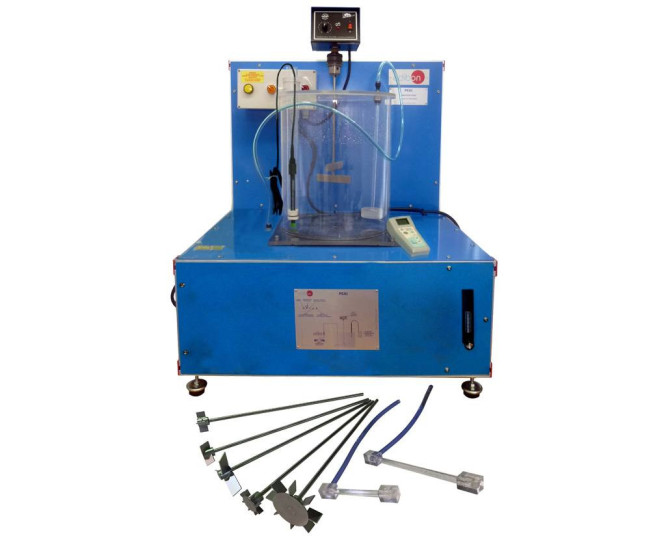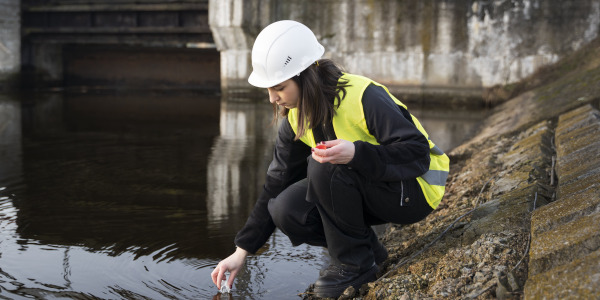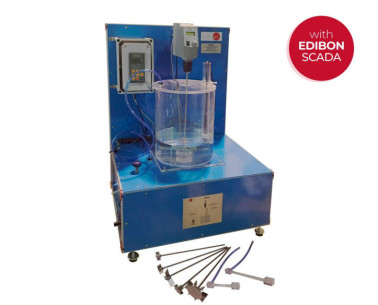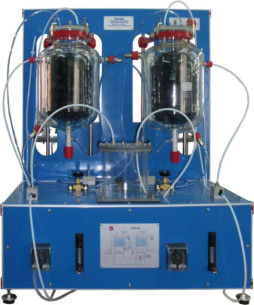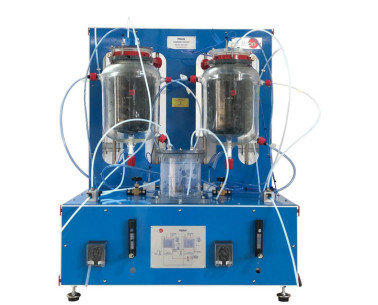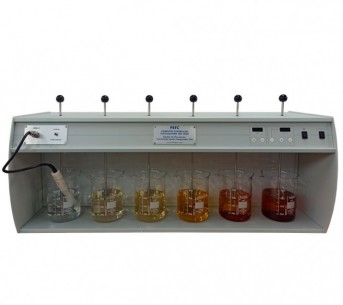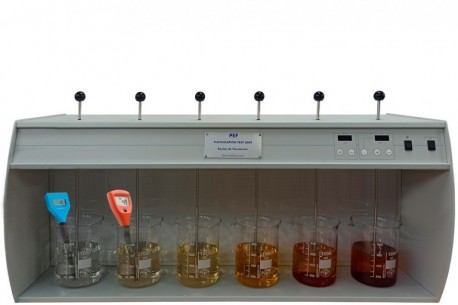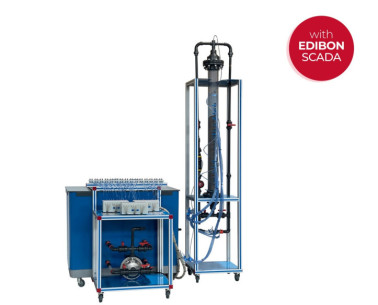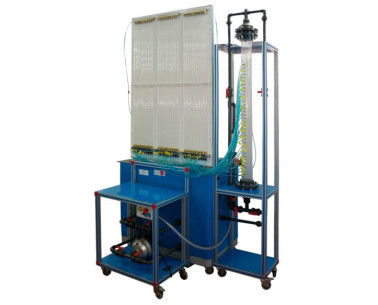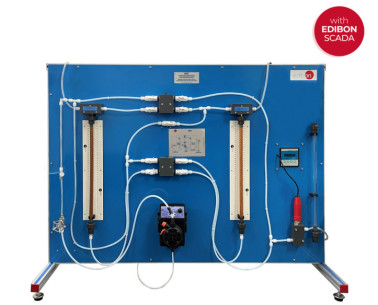At EDIBON, we are committed to strengthening skills as a strategic pillar for the competitiveness and social well-being of the European Union. Proper training not only boosts the economy but also enables individuals to fully participate in society and democracy.
Direct Air Capture (DAC) ist eine innovative Technologie, die CO₂ direkt aus der Luft entfernt, indem chemische Reaktionen mit flüssigen Lösungsmitteln oder festen Adsorbentien eingesetzt werden. Trotz Herausforderungen wie hohen Kosten und Energieverbrauch bietet DAC eine potenzielle Lösung zur...
Abwasserbehandlungsanlagen
Während Trinkwasseraufbereitungsanlagen sich darauf konzentrieren, sicheres Trinkwasser bereitzustellen, behandeln Abwasserbehandlungsanlagen das gebrauchte Wasser, bevor es wieder in die Umwelt freigesetzt wird.
Diese Anlagen spielen eine entscheidende Rolle beim...
We are grateful for the trust of UPC - Universidad Peruana de Ciencias Aplicadas that has allowed us to install seven units [EBGC, EFLP, EII, PDAC, PDS, PEAI, PEF] to help future engineers to understand in a simpler way everything related to #environmental engineering
Food Technology is a branch of Food Science based on multidisciplinary knowledge of nutrition, chemical analysis, physics, biochemistry and engineering. Water treatment technologies obtain drinking water, so necessary for our life.
Both disciplines have become in recent years an indispensable...
 Cookie-Präferenzen
Cookie-Präferenzen

